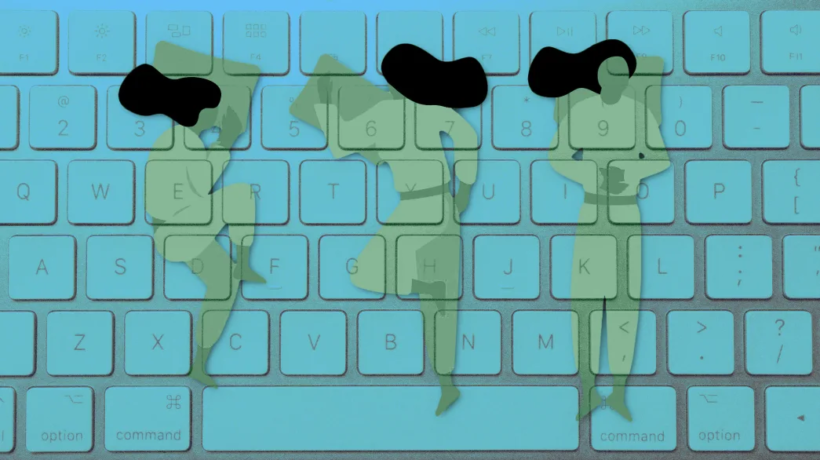For some of us, social media and digital content have been our saving graces during the pandemic—a critical way to stay in the know, keep connected, and maintain relationships. But they have their own stress-inducing downsides as well and can lead to depression and increased anxiety.
- Social media doesn’t help you feel happier, and negative interactions magnify feelings of sadness. This correlation was demonstrated in a study published in the American Journal of Health Promotion.
- “Comparison is the thief of joy,” as the saying goes. Research published by the American Psychological Association agrees, finding the propensity to compare yourself with others is exacerbated by social media and can lead to brooding and symptoms of depression.
- Too much “doomscrolling” can exacerbate negative thinking. In recent research from the University College London, this negative thinking was found to increase risks for dementia and cognitive decline.
- Screen-generated blue light can also be dangerous, and studies show too much blue light can negatively impact sleep and circadian rhythms and, in turn, have negative effects on physical, emotional, and cognitive health.
Clearly there are some reasons to step back and reconsider (take pause with) and reasons to lighten up our usage (literally take a pause) in our digital consumption.
To get a better handle on your diet, consider your access, your content, and your activities.
MANAGE YOUR ACCESS
Use your stats. To change behavior, you must first recognise a problem in order to do anything about it. Use the feature your device offers or an app to understand your usage.
Apple devices offer controls under its “screen time” setting, while Androids have digital well-being systems to tinker with. Stand-alone apps such as Social Fever, Offtime, or BreakFree also offer tracking and systems to manage your usage. In the same way that a blood test can be helpful to understand your cholesterol or triglyceride levels, your device stats can help you know what you must manage and how to improve. Whether your time goes into playing games, sending Snapchats to friends, or watching cat videos, it’s smart to increase your awareness of where things can change.
Keep your device out of sight. According to a study from the University of Texas at Austin, even having your device within view reduces your cognitive capacity and causes distraction. Put your device away in your purse or your pocket and concentrate on what else is in front of you—friends or other activities.
MANAGE YOUR CONTENT
Unsubscribe. You know how email and DMs tend to proliferate, and notifications can overwhelm. Unsubscribe from all but your most valued subscriptions or businesses and turn off all but your most necessary notifications. With less traffic and push notifications from your device, you’ll be able to take charge of what you’re consuming—pulling what’s most relevant for you, rather than being bombarded by mediocre messages which may not add value.
Unfollow. A key reason for sadness isn’t just FOMO (fear of missing out)—it’s also FOBLO (fear of being left out). Consider your reactions to the posts you see and follow people and sites that energise you, motivate you, and contribute to your positive experience—unfollow those that don’t.
Seek diverse views. Diverse viewpoints are critical to learning, resilience, and tolerance. But the internet and apps are uniquely suited to place us in echo chambers where we only see and consume perspectives similar to our own. Seek information that is less familiar and content that challenges your current ways of thinking. This will provide you with greater perspective—a key ingredient of more optimistic, future-oriented thinking.
MANAGE YOUR ACTIVITIES
Find alternatives. Perhaps one of the very best ways to reduce your digital usage is to increase your nondigital activities. If you’re hiking rough terrain, sweating through your hot yoga class, or even doing a messy-creative craft with your niece, you can’t be scrolling. Fill your time with activities that require more of your attention or more of your physical investment and you’ll be unable to spend as much time on your device.
Remind yourself it will take some time. As you amp up your nondigital activity and ramp down your device time, go slowly, set manageable goals, and be patient with yourself. Businesses spend billions on finding ways to hook you, so it’s reasonable you’ll need time to manage yourself and ensure you’re in charge of your device— not the other way around.







